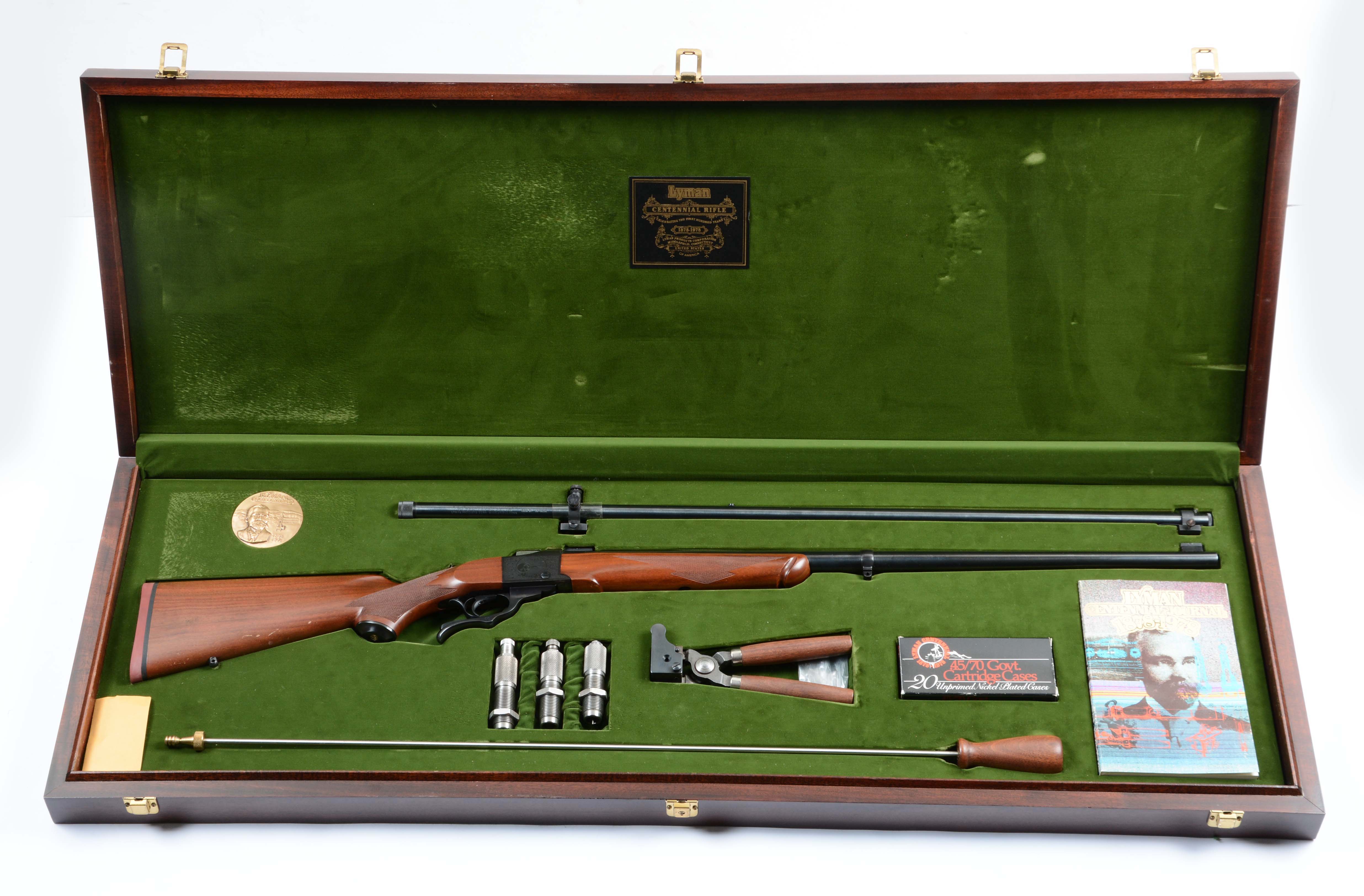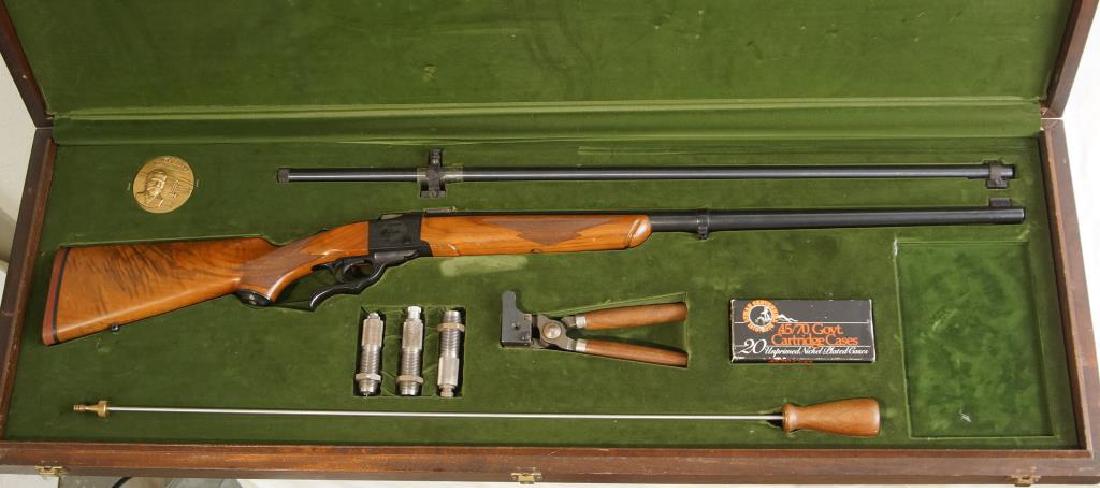
The Model 52 was a non-rotating, rear-locked bolt-action design.
#LYMAN SERIAL NUMBERS FULL#
Full production commenced in April 1920 (using the lines and machinery originally installed to produce the P-14/M1917 Enfield). Having surpassed the new Savage Model 19, the new Winchester was the talk of the tournament and was designated Model 52 on 11th September 1919. Six "G22R" prototypes were readied, and equipped five individual event winners and were used by fourteen members of the victorious Dewar Trophy Team. Whelen further recommended that pre-production samples be rushed out in time for the National Matches at Caldwell, New Jersey that August. Fred Phillips of the National Rifle Association of America, who were enthusiastic–- although guarded about the prospects of a Government contract. Townsend Whelen of the General Staff, Director of Civilian Marksmanship Maj. A finalized repeater prototype was made in April 1919 and taken to Washington where it was evaluated by Lt. In the fall of 1918 the project's requirements were changed to include a detachable 5-round box magazine: neither Johnson's nor Burton's original bolts would work with a magazine feed, but a combination incorporating elements of both proved highly satisfactory. 111." Each built a prototype of his own design in Winchester's Model Shop, both at this stage still single-shot.

With the externals settled, Johnson and Burton turned to developing the action for what was now "Experimental Design No. Patent drawing of Johnson and Burton's revised magazine-fed action Yet despite the outward appearance of its early versions, the Model 52 was never a military rifle, as the Army only purchased 500 of the initial production for trial, and never placed a bulk order. It was initially hoped that the Army could be persuaded to buy a bolt-action smallbore training rifle in addition to-or in place of-its existing contracts for Model 1885s. The rifle to be designated the Model 52 was designed from the ground up as an "accuracy rifle" - the world's first production. 22 would therefore be needed for the then very popular sport of target shooting Winchester reasoned that returning soldiers would be drawn to the bolt action design with which they had become familiar. 22 rimfire (the " Winder musket") after existing Army training rifle contracts were fulfilled or cancelled.

( February 2020) ( Learn how and when to remove this template message)ĭuring World War I Winchester's management determined that production of the Model 1885 Single Shot would not be resumed in centerfire chamberings after the war, nor in. Unsourced material may be challenged and removed.

Please help improve this section by adding citations to reliable sources. 22s," the Model 52 Sporter was ranked by Field & Stream as one of "the 50 best guns ever made" and described by Winchester historian Herbert Houze as "perfection in design." However, by the 1970s the World War I-era design was showing its age and had given way in top-level competition to newer match rifles from Walther and Anschütz the costly-to-produce Model 52, which had long been a loss leader prestige product by that time, was finally discontinued when US Repeating Arms took over the manufacture of Winchester rifles from Olin Corporation in 1980.

For many years it was the premier smallbore match rifle in the United States, if not the world. 22-caliber target rifle introduced by the Winchester Repeating Arms Company in 1920. The Winchester Model 52 was a bolt-action. Micrometer ladder rear sights, fixed-post front sights standard many custom iron and optical combinations


 0 kommentar(er)
0 kommentar(er)
